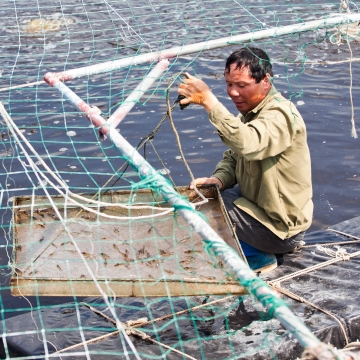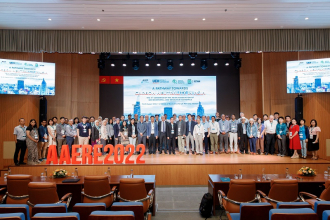
Uganda’s policymakers implored to address forest loss, plastic and water pollution
Policymakers in Uganda were urged to take measures to mitigate environmental degradation or else, risk facing serious consequences. The appeal was made during the opening of the 16th EfD Annual…




